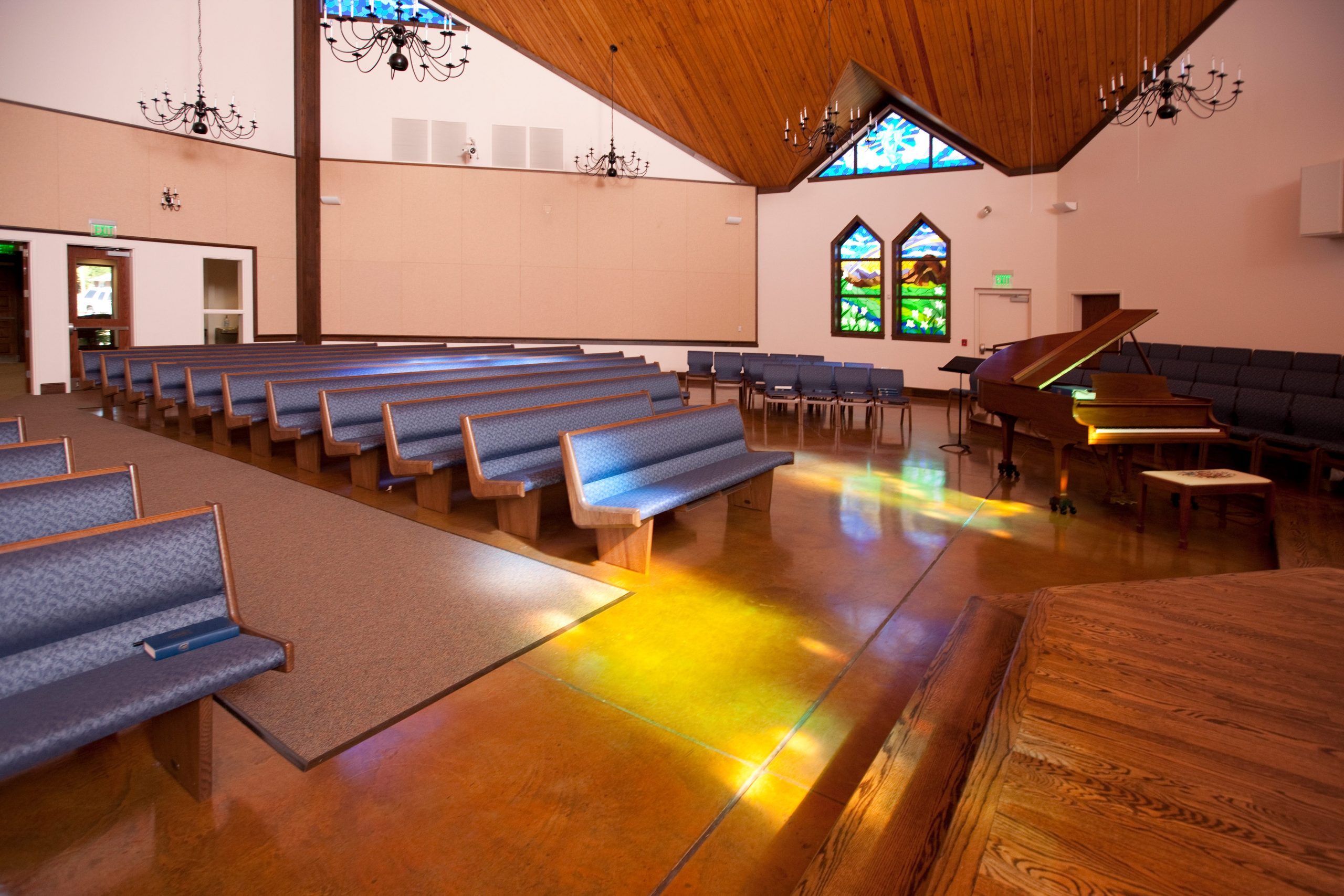- Oregon’s largest coronavirus outbreak has been tied to a church in the northeastern part of the state.
- Other reports have described superspreader events at US churches and synagogues, as well as at a South Korean temple.
- The CDC has warned that large indoor gatherings, including church events, could be coronavirus transmission hot spots.
- Visit Business Insider’s homepage for more stories.
A small church in northeastern Oregon has been linked to the state’s largest coronavirus outbreak to date.
State health authorities said this week that more than 230 cases were tied to an outbreak at the Lighthouse Pentecostal Church in Union County, which held services in defiance of Oregon’s stay-at-home order.
The cases contributed to Oregon’s second consecutive day of reporting record-high new cases. On Tuesday, the state reported 278 new cases, 94 more than the previous record of 184. The surge prompted Gov. Kate Brown to put a hold on the state’s reopening plan for the next week.
The cluster of cases offers further evidence that gatherings at houses of worship are highly risky when it comes to coronavirus transmission.
Oregon's church outbreak can be considered a superspreader event, in which one person infects an atypically large number of others. Such events mostly happen indoors when lots of people from different households come into close, extended contact.
"You can't have a superspreading event unless there are a lot of people around, so you have to be very careful still about gatherings of people of any size - that includes religious services," William Schaffner, an infectious-disease expert from Vanderbilt University, previously told Business Insider.
More than 60% of churchgoers tested were infected
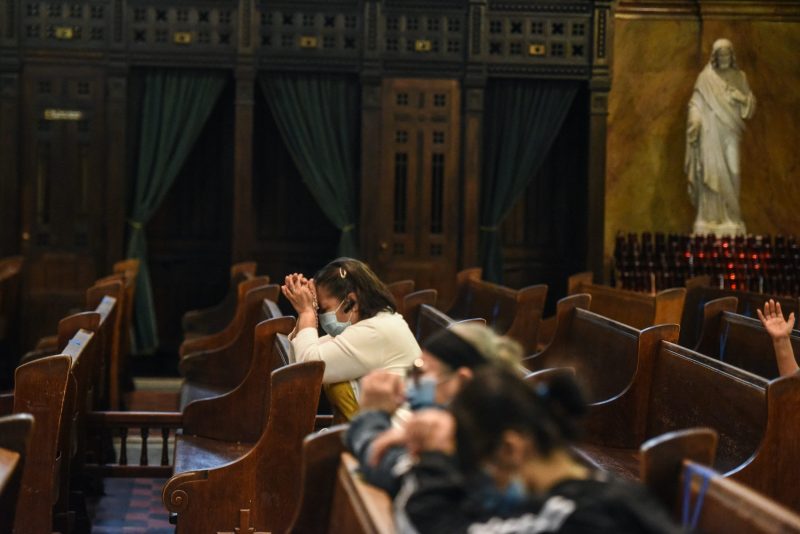
Oregon went into lockdown on March 23, when Brown issued an executive order that prohibited social and recreational gatherings, closed nonessential businesses, and encouraged residents to stay home.
But the Lighthouse Pentecostal Church held in-person worship services in April and May in violation of Brown's order, according to The Observer. In Union County, a rural area in the northeastern part of the state, gatherings of more than 25 people were banned until June 8.
Dr. Thomas Jeanne, Oregon's deputy state epidemiologist, told The Associated Press this week that state health officials "tested the majority of the congregation at the church" for the coronavirus. They found that of 356 people tested, 236 were infected.
Five people associated with the outbreak are in the hospital, but no one in Union County has died, Jeanne added.
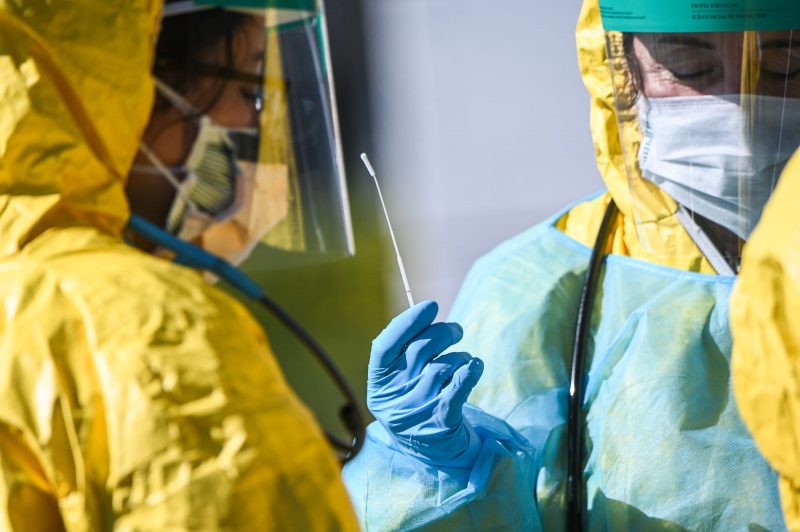
The fact that so many churchgoers tested positive at the same time suggests that most infections occurred among the congregation, not in the broader community, Jeanne told Oregon Public Broadcasting.
"It could have been one service or one event that was responsible for the majority of transmissions," he said. "It's a little early to tell."
Before the discovery of this outbreak, Union County had reported fewer than 25 cases.
Why houses of worship are superspreading hot spots
The coronavirus primarily spreads via droplets that fly through the air when an infected person coughs, talks, or sneezes. Recent studies have linked talking loudly and vigorous singing with the spread of the virus.
Overall, research has increasingly found that the risk of coronavirus transmission is much higher indoors, in poorly ventilated spaces where lots of people have sustained contact. Unfortunately, houses of worship check all of those boxes.
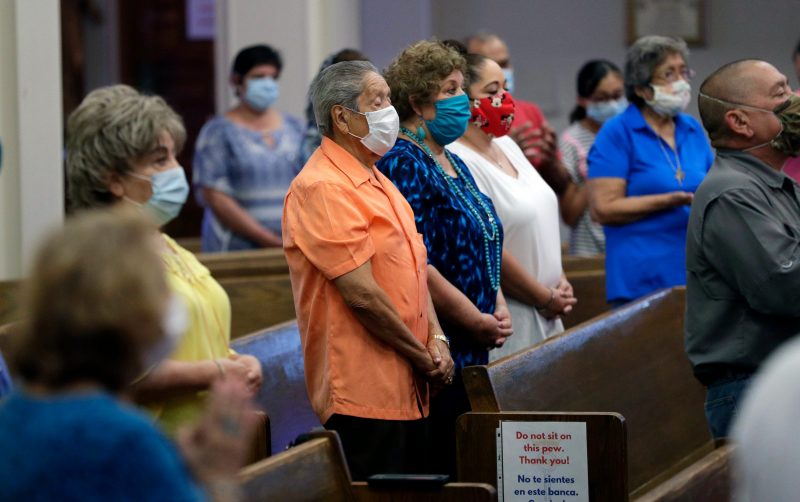
The Lighthouse Pentecostal Church's experience isn't unique - other houses of worship have been connected with superspreader events too.
In early March, a 57-year-old Arkansas pastor and his wife attended church events and a Bible study group a few days before they developed symptoms of COVID-19. Of the 92 people they came into contact with at the church, 35 got sick. Seven had to be hospitalized, and three died.
Then contact tracers from the Arkansas Department of Health discovered 26 more cases among people who reported having contact with the infected churchgoers and one additional death. A Centers for Disease Control and Prevention report published in May chronicling that superspreader event said that "group gatherings during church events" could be a source of widespread coronavirus transmission.
"These findings underscore the opportunity for faith-based organizations to prevent COVID-19 by following local authorities' guidance," the report said.
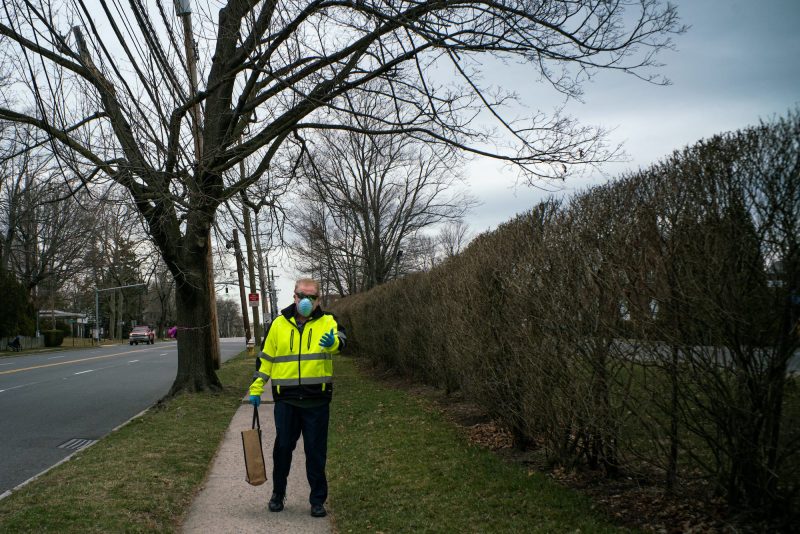 Foto: A man walking near the Young Israel Orthodox synagogue in New Rochelle, New York. Source: Eduardo Munoz/REUTERS
Foto: A man walking near the Young Israel Orthodox synagogue in New Rochelle, New York. Source: Eduardo Munoz/REUTERS
Similarly, one of New York state's biggest outbreaks was linked to a 50-year-old attorney from Westchester County who attended a bat mitzvah and a birthday party at his synagogue. Lawrence Garbuz was hospitalized with COVID-19 in late February and was among the state's first confirmed cases. A week later, New York had confirmed 170 cases, most of which were linked to Garbuz and in his county.
His wife and two children got sick, as did the neighbor who drove Garbuz to the hospital, the rabbi from his synagogue, and many of the congregants he'd interacted with.
A couple of months later, a CDC report suggested that houses of worship might facilitate coronavirus transmission "beyond household contacts into the broader community."
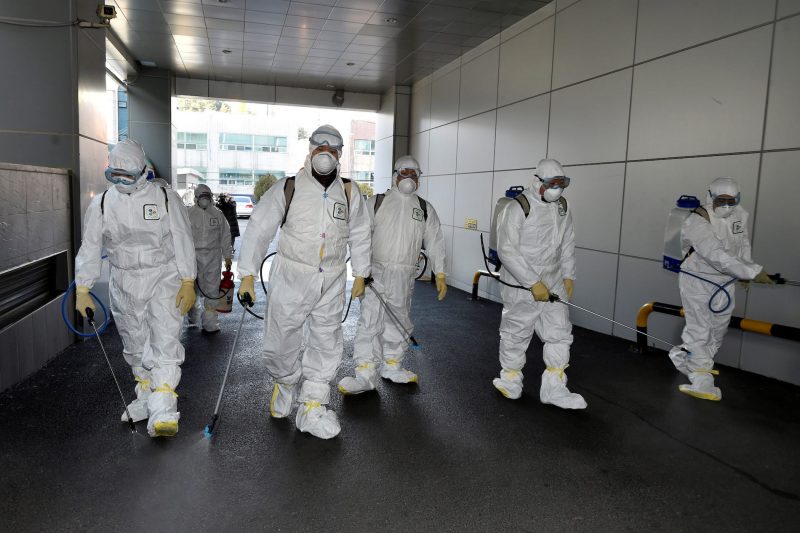
That's not just true in the US: A large outbreak linked to a church also contributed to South Korea's case total in mid-February.
After a 61-year-old woman attended services at the Shincheonji Church of Jesus in Daegu, she tested positive - then so did 43 other attendees.
Followers of the religious group had been asked to remove their protective masks to pray.
